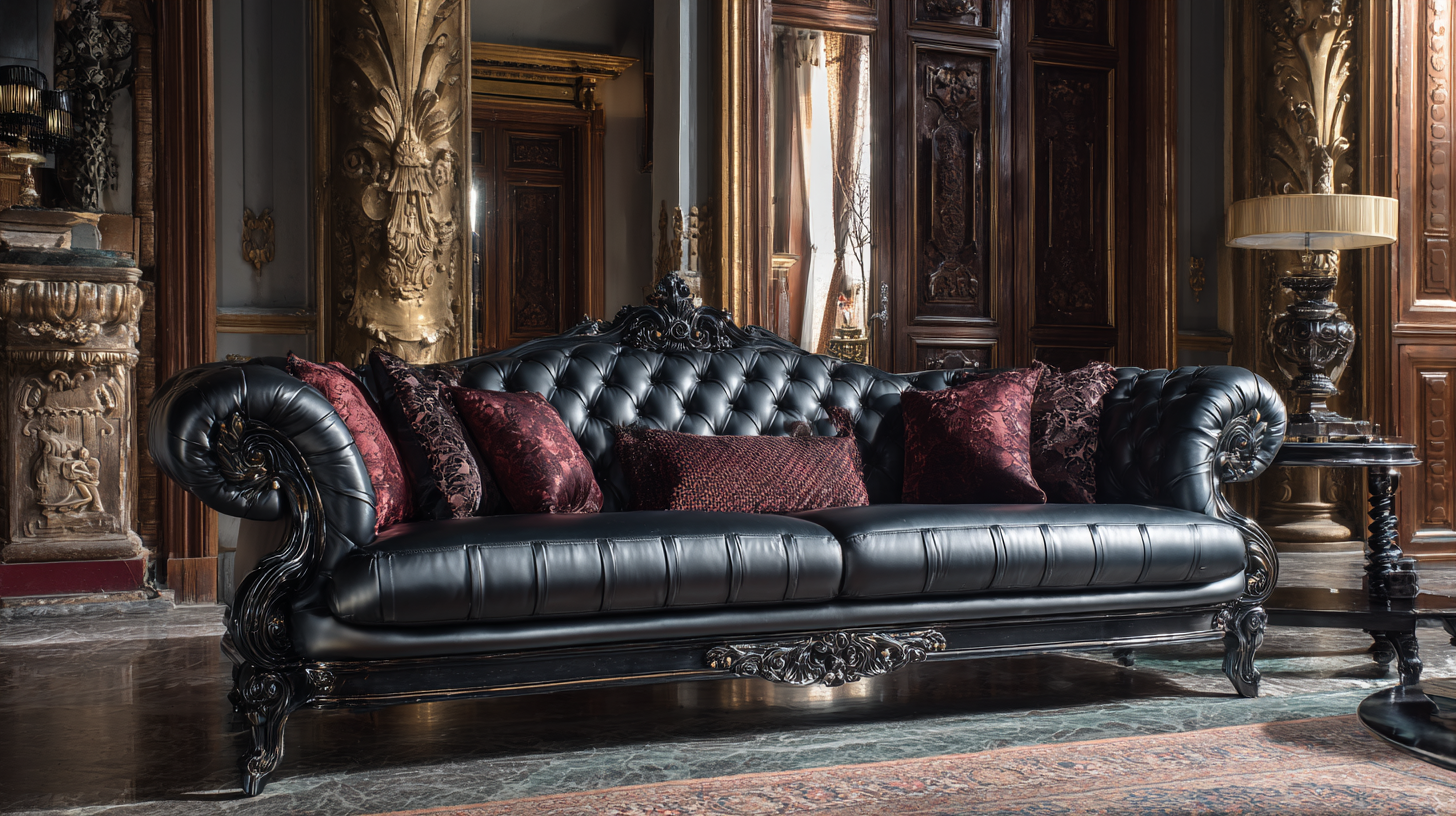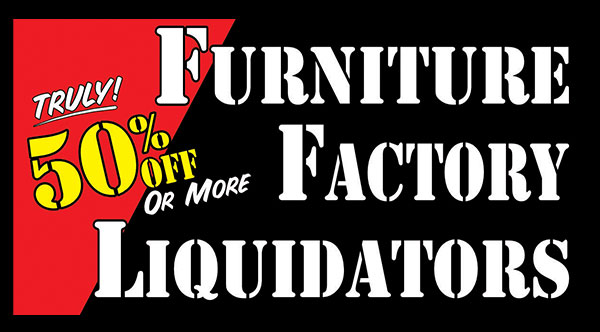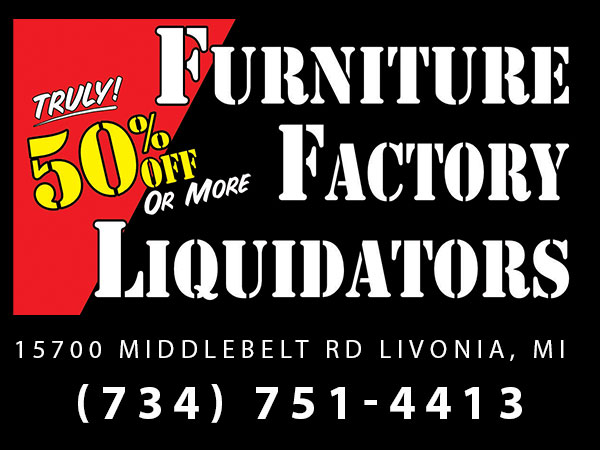Exploring Alternative Options for the Best Leather Sofa in Global Markets
In recent years, the global leather sofa market has witnessed significant growth, driven by increasing consumer demand for premium quality furniture that combines style and durability. According to a report by Grand View Research, the global leather sofa market size was valued at approximately $15 billion in 2022 and is projected to expand at a compound annual growth rate (CAGR) of 5.5% from 2023 to 2030. This surge in popularity can be attributed to the shift towards interior designs that favor luxurious aesthetics and long-lasting materials. As consumers explore alternative options for the best leather sofa, it becomes essential to understand the various styles, sources, and price points available in the market. This blog aims to guide you through the myriad choices in leather sofas, ensuring that you make an informed decision that complements your home décor while staying within your budget.
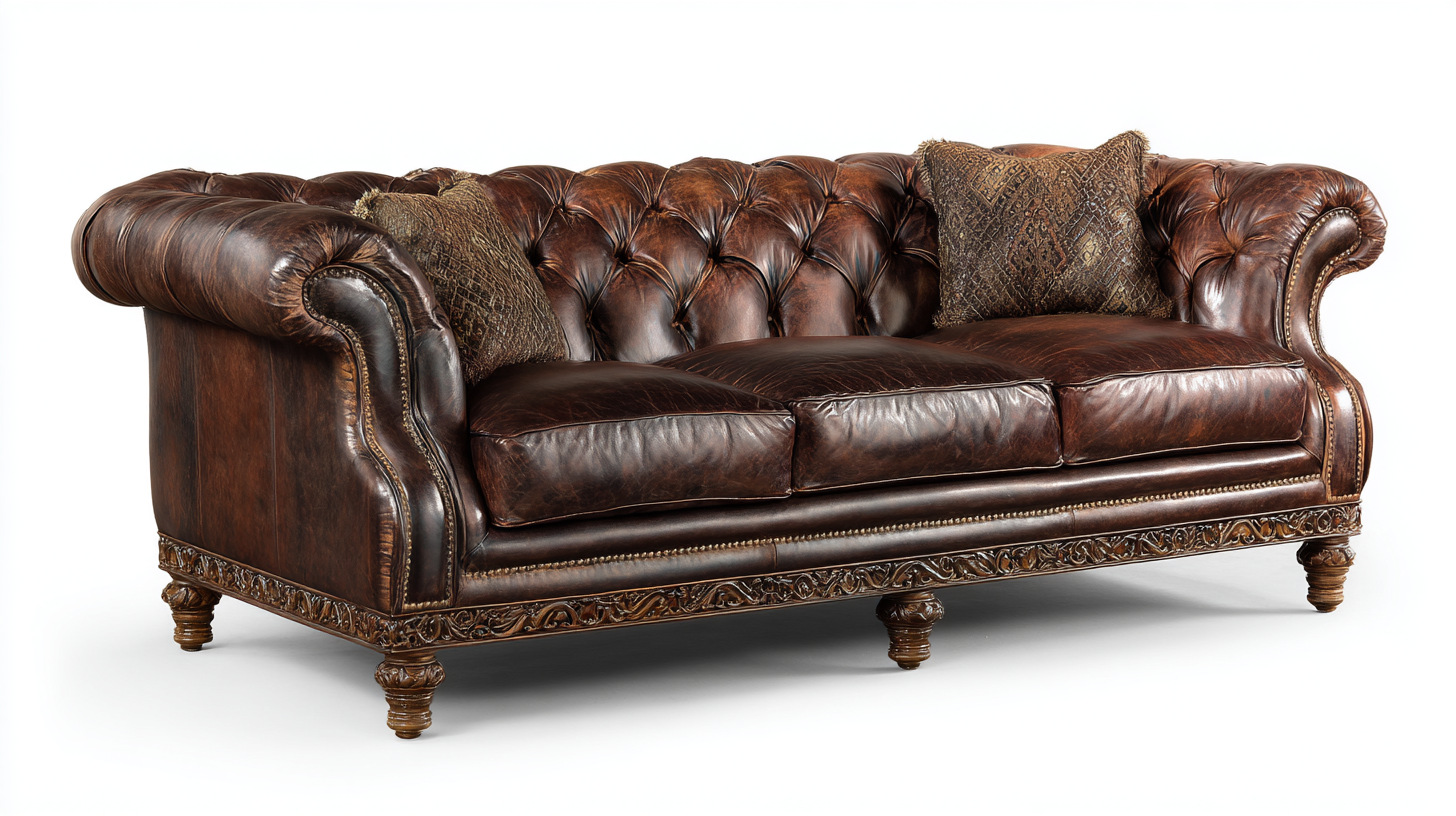
The Impact of Global Production Standards on Leather Sofa Quality
The quality of leather sofas in global markets is significantly influenced by production standards across different regions. Various reports indicate that countries with stringent regulations regarding leather production, such as Italy and Germany, tend to offer higher-quality products that are durable and sustainably sourced.
According to a recent report by the International Furniture Manufacturers Association, around 65% of consumers prioritize leather quality over price when investing in furniture, showcasing a clear market preference for excellence.
Tip: When shopping for a leather sofa, always inquire about the source of the leather and the manufacturing standards followed. Look for certifications that indicate compliance with environmental and quality benchmarks, such as the LWG (Leather Working Group) certification.
In contrast, regions with less rigorous standards may produce lower-quality leather that can deteriorate more quickly, affecting overall consumer satisfaction. The growing demand for ethically produced furniture pushes manufacturers to adopt better practices, which can enhance product quality. A study published by the Global Sustainable Leather Coalition revealed that 78% of consumers are willing to pay more for a sofa made under sustainable conditions, highlighting the shift toward quality over mere affordability.
Tip: Consider investing in a leather sofa with a warranty. This not only serves as a testament to the manufacturer’s confidence in their product's quality but also gives you peace of mind regarding potential maintenance issues in the future.
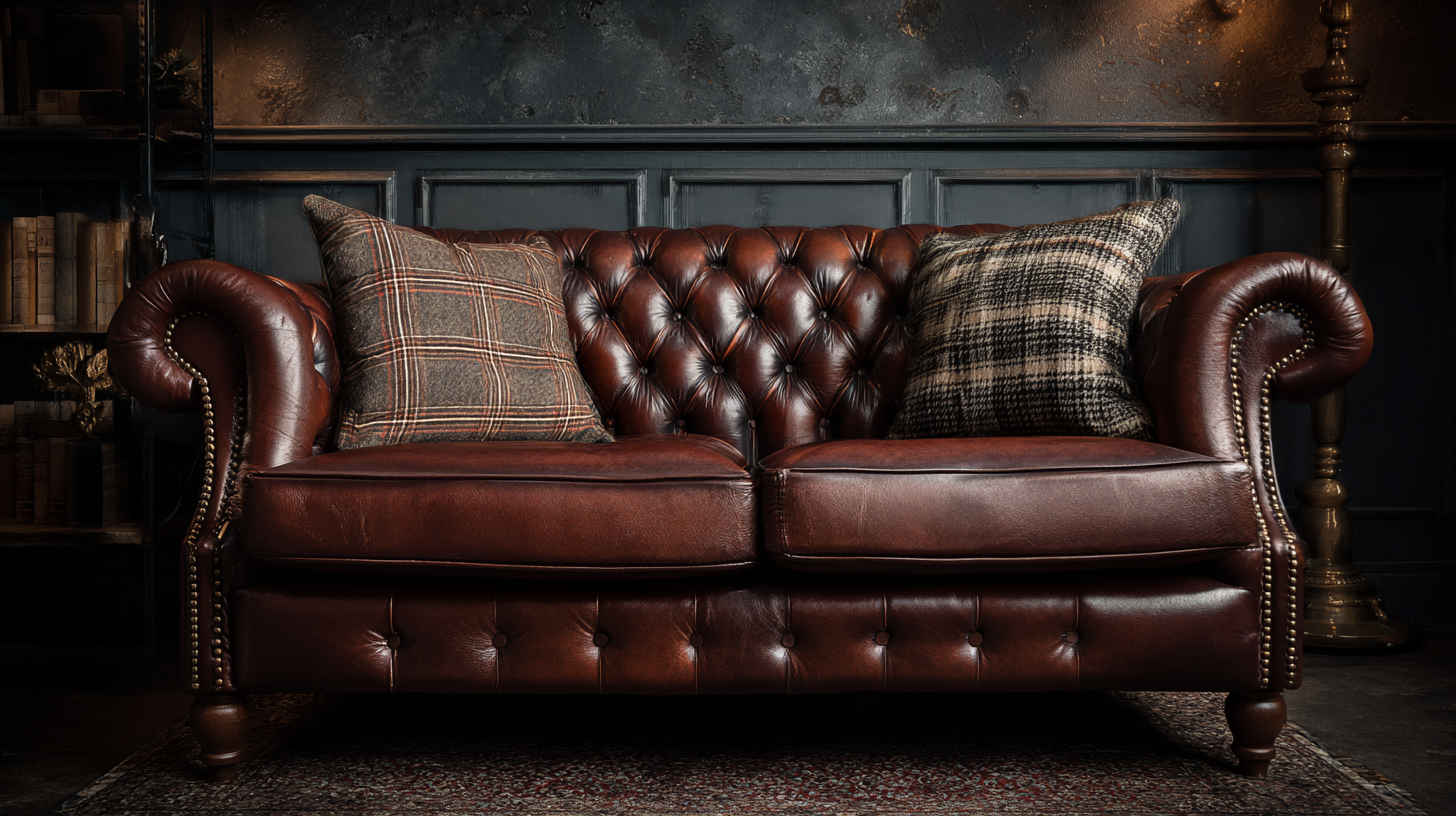
Evaluating Design Trends and Materials Across Different Markets
In recent years, global markets have witnessed significant shifts in consumer preferences regarding design trends and materials, particularly in the context of furniture such as leather sofas. By 2024, the leather sofa market is expected to evolve alongside other related sectors, reflecting a growing demand for innovative designs and high-quality materials. For instance, the Indonesian cabinet market is projected to reach a value of $2.39 billion in 2024, increasing to $2.55 billion by 2025 and potentially hitting $4.23 billion by 2032. This upward trajectory in cabinetry suggests a parallel trend in the upholstery market as consumers seek matching aesthetics for their homes.
Moreover, we see similar growth patterns in the global towel market, which is anticipated to be valued at $11.44 billion in 2024, with expectations to grow to $16.59 billion by 2032. Such trends indicate a heightened consumer inclination towards luxury materials, thus influencing the production and design of leather sofas. As market dynamics shift, manufacturers are likely to embrace sustainability and functionality, reflecting current design philosophies resonating across various markets. The emphasis on aesthetic appeal and material quality will undoubtedly shape the future of furniture design globally.
Digital Innovations Revolutionizing Leather Sofa Production
In recent years, the leather sofa industry has undergone a significant transformation due to digital innovations that enhance both production efficiency and design creativity. The advent of advanced technology, such as 3D printing and virtual reality, allows manufacturers to streamline their workflows, reducing waste and improving the accuracy of custom designs. With these tools, companies can create bespoke leather sofas tailored to individual customer preferences, offering a level of personalization that was previously unattainable.
Moreover, innovations like augmented reality applications enable consumers to visualize how different leather designs and colors will look in their homes before making a purchase. This has not only empowered buyers with more informed choices but has also sparked an increased demand for unique, high-quality leather products. Additionally, the integration of smart textiles and eco-friendly materials into leather sofas is becoming more prevalent, showcasing the industry's commitment to sustainability while maintaining luxury and style. As these digital enhancements continue to revolutionize the fabric of leather sofa production, the market is poised for exciting developments that blend tradition with cutting-edge technology.
Comparative Analysis of Leading Brands in Global Markets
In the realm of luxury furniture, leather sofas remain a staple for both comfort and style. A recent report from Grand View Research highlights that the global leather sofa market is projected to reach $42.8 billion by 2025, driven by a rising demand for high-quality, durable home furnishings. Brands like Natuzzi, Moroso, and Flexform are at the forefront, known for combining artisanal craftsmanship with contemporary designs, appealing to a clientele that values both aesthetics and functionality.
Comparatively, a study by Statista reveals that while many consumers gravitate towards well-established names, emerging brands are making significant strides in market share. For instance, smaller players are increasingly utilizing sustainable practices, catering to a growing eco-conscious consumer base. This shift is evidenced by a 20% increase in sales for brands that emphasize environmentally friendly materials. As a result, the competitive landscape is shifting, prompting traditional brands to re-evaluate their sourcing and production processes to stay relevant in an evolving marketplace.
Exploring Alternative Options for the Best Leather Sofa in Global Markets - Comparative Analysis of Leading Brands in Global Markets
| Feature | Brand A | Brand B | Brand C | Brand D |
|---|---|---|---|---|
| Material Quality | Top Grain Leather | Full Grain Leather | Split Leather | Bonded Leather |
| Price Range | $1,000 - $2,500 | $800 - $2,000 | $500 - $1,500 | $300 - $1,000 |
| Warranty | 5 Years | 3 Years | 2 Years | 1 Year |
| Customization Options | Yes | No | Limited | Yes |
| Customer Rating | 4.8/5 | 4.5/5 | 4.0/5 | 3.5/5 |
Consumer Preferences: What Makes a Leather Sofa the Best Choice?
When it comes to selecting the best leather sofa, consumer preferences often hinge on several key factors including durability, comfort, and aesthetic appeal. According to a report by Grand View Research, the global leather furniture market is expected to reach USD 68.7 billion by 2025, driven largely by consumer demand for high-quality materials and craftsmanship. In this competitive market, a leather sofa that combines premium leather with an ergonomic design can significantly enhance a buyer's satisfaction, as evidenced by surveys indicating that over 70% of consumers prioritize both comfort and material quality in their decision-making process.
Moreover, sustainability has emerged as a crucial factor influencing consumer choices. A study from Furniture Today highlighted that nearly 60% of consumers are more likely to purchase from brands that provide ethical sourcing information and environmentally friendly options. For leather sofas, this translates into a growing interest in responsibly sourced leather and environmentally-conscious manufacturing practices. The integration of innovative materials and eco-friendly production techniques not only appeals to modern consumers but also aligns with broader trends in conscious consumerism, making sustainability a pivotal factor in determining what constitutes the "best" leather sofa in today’s market.
